Hamilton roofing contractors
27 companies found in your city.
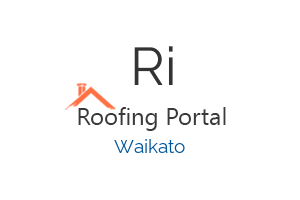
- Riverland Roofing.
- Address: 3163a Ohaupo Rd Rukuhia, Hamilton 3282, New Zealand
- Phone: +64 20 4157 0762
- Zipcode: 3282

- Roofcoaters ltd
- Address: Warehouse Complex Anglesea St, Hamilton 3204, New Zealand
- Phone: +64 800 766 376
- Zipcode: 3204
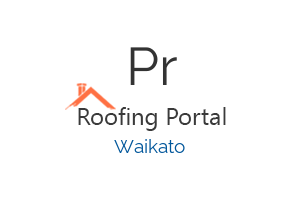
- Project Roofing
- Address: 21 Sheffield St, Te Rapa, Hamilton 3241, New Zealand
- Phone: +64 7-849 1700
- Zipcode: 3241
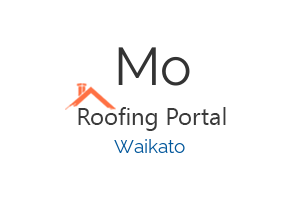
- Monier Roofing
- Address: 59 Vickery St, Te Rapa, 3200, New Zealand
- Phone: +64 800 666 437
- Zipcode: 3200
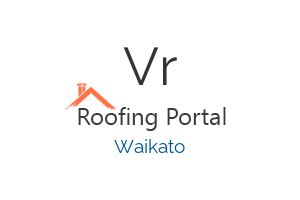
- VRS Roofing
- Address: 91 Whatawhata Rd, Dinsdale, Hamilton 3204, New Zealand
- Phone: +64 7-829 8496
- Zipcode: 3204

- Hamilton Roofing Services
- Address: 29/290 Ulster St, Whitiora, Hamilton 3200, New Zealand
- Phone: +64 21 340 394
- Zipcode: 3200
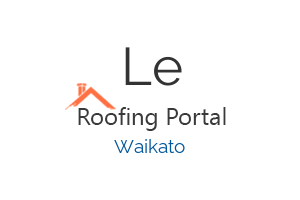
- Lee Roofing | Roofing in Hamilton and the Waikato
- Address: 141 Ellis St, Frankton, Hamilton 3204, New Zealand
- Phone: +64 7-846 6364
- Zipcode: 3204

- Edwards & Hardy Roofing
- Address: 282 Kahikatea Dr, Frankton, Hamilton 3204, New Zealand
- Phone: +64 7-847 1212
- Zipcode: 3204
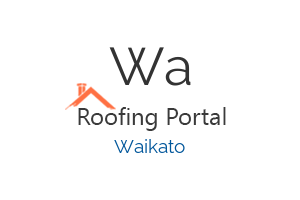
- Waikato Roofing
- Address: 5 Bleakley Pl, Hillcrest, Hamilton 3216, New Zealand
- Phone: +64 22 040 5512
- Zipcode: 3216

- Water Tight Construction
- Address: 12 Aztec Pl, Frankton, Hamilton 3204, New Zealand
- Phone: +64 7-846 7244
- Zipcode: 3204

Roofing Maintenance Checklist
- Remove all leaf debris
- Cut branches back from the roof and walls six feet
- Clean gutters and downspouts
- Seal windows and doors
- Clean debris from soffit and fascia with broom
- Keep vines and other landscaping materials away from the home
- Prevent animal infestation by securing all soffit ventilation and closing all holes
- Ensure satellite dishes are attached properly
Pinpoint Roofing Troubles First
To get the most savings out of your repair or roof replacement, it’s in your best interests to perform a roofing inspection at least twice a year to prevent more severe roofing problems from costing you’re a fortune further down the road. Preventing serious roofing problems from happening in the first place is easy. While tornados and other shingle damaging weather problems are going to cause a roof leak whether you like it or not, most roofing troubles can be prevented with a twice a year roofing inspection.
Roof Leaks can be Hazardous to your Health
Rotting wood fungus, stinky mildew troubles and deadly black mold can all form inside of attic spaces, on drywall ceilings and behind walls. Within just 36 hours after water has infiltrated the structure, your indoor air quality can be ruined forever—or at least until the affected materials are removed and replaced with new ones. White wood fungus can destroy your structural components in just months. Mildew stains can bring smelly and musty odors into the home for good. If black mold is allowed to form, spores that are released into the air can cause serious respiratory problems and is a health hazard to those living or working within the structure. Black mold can grow on all wet surfaces, and can only be removed by replacing the affected materials.
Whether you own a home or a business in New Zealand, you can bet that an asphalt shingle roof covers and protects it. The average age of the typical shingle roof can range anywhere from 10-15 years, depending upon the weather conditions they are subjected to and the materials used in the installation. One of the best ways to extend that lifespan as long as possible is through the use of preventative roof repairs, general maintenance and an annual roofing inspection. Without these three important aspects of building care, you can bet that an emergency roof repair will strike you sooner or later. Even the tiniest of roof leaks are a serious threat to your home or business. That’s because when water enters the warm and dark recesses of your attics, walls and ceiling insulation, mold, fungus and mildew can begin to form and grow.